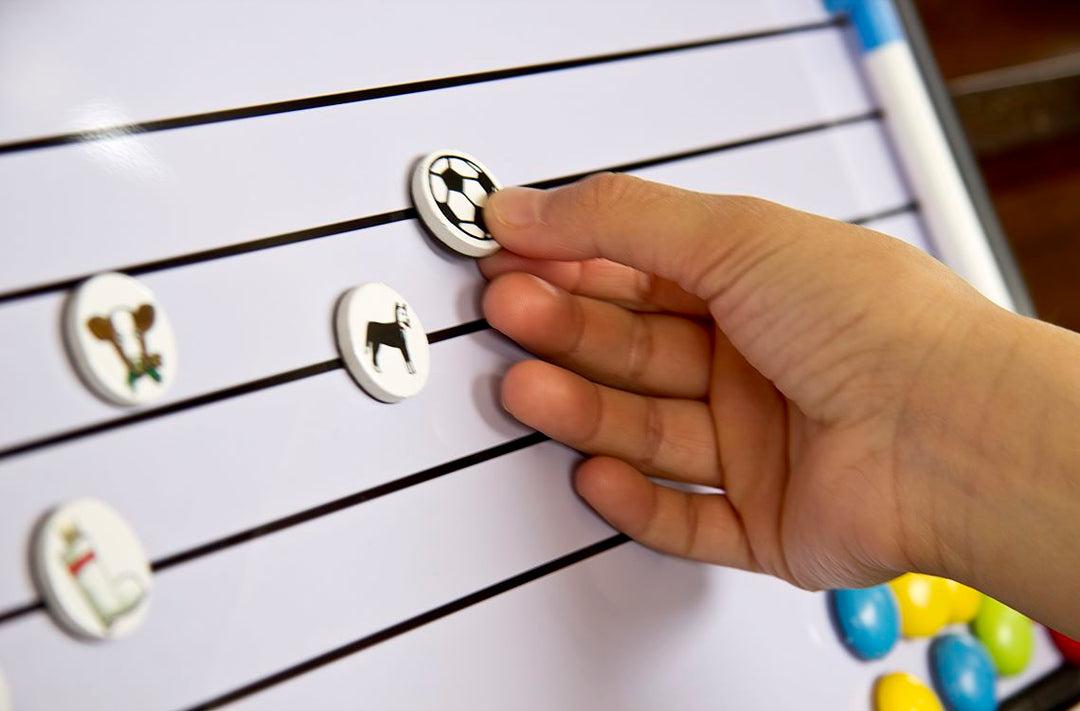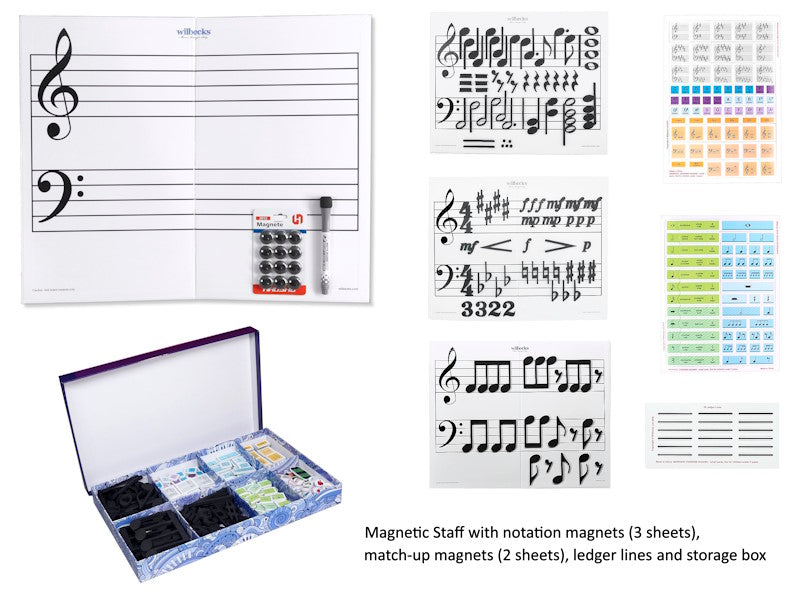A better way to learn music - tell me a story
Storytelling has been consistently used as a method of communicating knowledge and information. Stories are an integral feature of any classroom. Ask any teacher from early years and they will tell you how even their most challenging of classes could be spell-bound by a favorite picture-book or novel.
In a knowledge-based curriculum, teachers aim to ensure that knowledge taught is organized and stored in the most efficient manner in order for it to be retrieved most easily. Hence the increased prevalence of learning tools designed to aid the organization of memory, such as ‘knowledge organizers’.
A study was conducted in which half the people (the 'Rehearsed' group) were asked to memorize twelve lists of ten words (120 words). On average they remembered 13% of the words. The other half of the people (the “Narrative” group) were told to weave the words into stories of their own invention. and they remembered 93% of the words.
The complexity of memory means that it is difficult to identify the most effective way of presenting information for retrieval: memory is made up of complex networks and relationships. When it comes to personal experiences there are certain features that help us remember some memories better than others:
The following elements of narrative in teaching are particularly significant to learning:
Paivio (1971) demonstrated that whenever abstract material can be converted into concrete ideas, recall is enhanced. Reliance of the verbal system for encoding and retrieving information is limiting, however using both verbal and visual systems together (known as dual coding) further supports the transfer of information into long-term memory.
The more that you can associate things that you want to remember with structures you already have in your mind the easier it is going to be to remember – you are creating a narrative. When you go to retrieve that memory you have many and multiple ways of getting into that memory.
People are emotional and visual learners, and story-tellers. Our brains pay much closer attention when information it is told in the form of a narrative.
Using these principles, children as young as four years old have been able to learn to read music using Easy Notes.
Sources:
Narrative Learning Theory: How stories can support knowledge organization and recall in the Primary Classroom
Tell Me a Story: The Use of Narrative as a Tool for Instruction. Joanna Szurmak and Mindy Thuna
Dual-encoding theory, Paivio 1971
How Easy Notes Works - an explanation for the self-learner
The trouble with mnemonics!
Why is Easy Notes so effective?
Learning music by association
Piano lesson books Easy Notes works with
Your feedback and successes using Easy Notes
SHOP
In a knowledge-based curriculum, teachers aim to ensure that knowledge taught is organized and stored in the most efficient manner in order for it to be retrieved most easily. Hence the increased prevalence of learning tools designed to aid the organization of memory, such as ‘knowledge organizers’.
A study was conducted in which half the people (the 'Rehearsed' group) were asked to memorize twelve lists of ten words (120 words). On average they remembered 13% of the words. The other half of the people (the “Narrative” group) were told to weave the words into stories of their own invention. and they remembered 93% of the words.
 On the left is an example of a story used by one participant to learn a list of ten words On the left is an example of a story used by one participant to learn a list of ten words
|
The complexity of memory means that it is difficult to identify the most effective way of presenting information for retrieval: memory is made up of complex networks and relationships. When it comes to personal experiences there are certain features that help us remember some memories better than others:
- Emotion – helps to form a more detailed and stronger memory
- Place – memories are stronger when connected to a place
- Story – memories can be strengthened by story. Our brains pay much closer attention when it is in the form of a narrative.
Use of narrative (story) as a tool for learning
The power of narrative for teaching stems from the fact that narrative employs many of the strategies the brain already uses to learn. Stories act as semantic code – they provide multiple layers of meaning and anchor points for the information that is being communicated. We can relate information in a story to our own experiences, of places, situations, emotions, objects etc. Having multiple anchor points therefore supports organization, and ultimately retrieval.The following elements of narrative in teaching are particularly significant to learning:
- Narrative makes something abstract more concrete/immediate.
- Narrative contextualizes information by creating the framework for students to place the new knowledge into (and thus improve their retention and understanding).
- Narrative allows students to have more immediate emotional experiences that they can relate to (and therefore remember).
Paivio (1971) demonstrated that whenever abstract material can be converted into concrete ideas, recall is enhanced. Reliance of the verbal system for encoding and retrieving information is limiting, however using both verbal and visual systems together (known as dual coding) further supports the transfer of information into long-term memory.
The power of stories, place and emotion in making memories
Story, place and emotion are the foundation of some of our strongest memories. And those same features can be “hijacked” to improve learning and remember anything. This is the basis for Easy Notes.The more that you can associate things that you want to remember with structures you already have in your mind the easier it is going to be to remember – you are creating a narrative. When you go to retrieve that memory you have many and multiple ways of getting into that memory.
People are emotional and visual learners, and story-tellers. Our brains pay much closer attention when information it is told in the form of a narrative.
Using these principles, children as young as four years old have been able to learn to read music using Easy Notes.
Sources:
Narrative Learning Theory: How stories can support knowledge organization and recall in the Primary Classroom
Tell Me a Story: The Use of Narrative as a Tool for Instruction. Joanna Szurmak and Mindy Thuna
Dual-encoding theory, Paivio 1971
Find out more
How Easy Notes Works - an explanation for music teacherHow Easy Notes Works - an explanation for the self-learner
The trouble with mnemonics!
Why is Easy Notes so effective?
Learning music by association
Piano lesson books Easy Notes works with
Your feedback and successes using Easy Notes
SHOP






